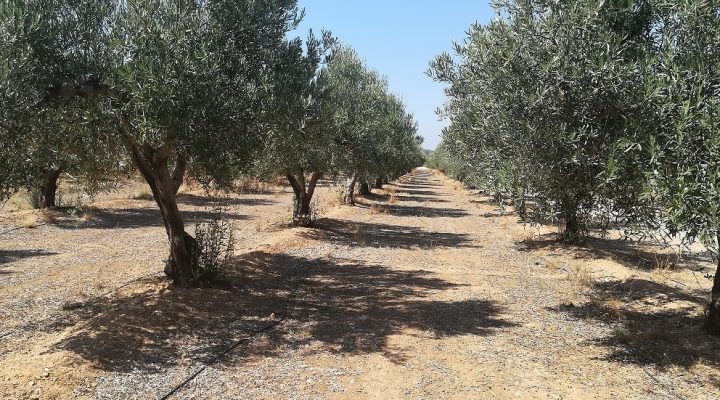In the study associated with complex systems, network durability and robustness play vital roles in understanding the stability and functionality of interconnected structures across various domains, which include biological, social, technological, along with ecological systems. Networks, showed as graphs composed of nodes and edges, serve as highly effective models for analyzing the actual structure and dynamics of complex systems, offering insights into their vulnerability to disorders and failures, as well as their capacity to adapt and live through disruptions. In this article, we investigate the structural properties connected with complex networks and examine how resilience and sturdiness are fundamental aspects of their very own behavior.
The resilience of the network refers to its power to maintain its functionality and https://cafejohnsonia.com/photography-tips#comment-229168 strength integrity in the face of perturbations, for instance random failures, targeted attacks, or environmental changes. Toughness is closely related to the thought of redundancy, which refers to the reputation of multiple pathways as well as alternative connections within the system that can compensate for the loss of specific components or links. Marketing networks with high levels of redundancy are more resilient to disruptions, since they have built-in mechanisms to be able to distribute and mitigate the effect of failures, ensuring the actual continuity of essential performs and services.
One of the key structural properties that plays a role in network resilience is connectivity, which refers to the degree of interconnection between nodes in the system. Highly connected networks, seen as dense interconnections and quick path lengths between nodes, tend to exhibit greater resilience to random failures, since disruptions are less likely to segregate individual components or disrupt communication pathways. Moreover, the presence of hubs, or highly linked nodes with a large number of cable connections, enhances the robustness of the community by facilitating efficient info transfer and resource portion.
Another important structural property this influences network resilience is usually modularity, which refers to the education to which a network is usually partitioned into distinct, densely connected modules or web 20. Modularity enhances resilience by isolating the impact of disappointments within individual modules, stopping disruptions from spreading some other parts of the network. Marketing networks with a modular structure have the ability to compartmentalize damage and contain the effects of failures, allowing for localized repairs and recovery endeavours without compromising the overall operation of the system.
Furthermore, the particular topology of a network, or the arrangement of its nodes and edges, plays a key role in determining it is resilience and robustness. Arrangements with small-world properties, described as a combination of high local clustering and short global journey lengths, exhibit enhanced toughness to both random failures and targeted attacks. Small-world networks facilitate rapid info propagation and efficient transmission between distant nodes, making it possible for the network to maintain it has the functionality even in the presence of disruptions or damage to critical parts.
In addition to structural properties, the actual dynamics of complex methods also play a significant function in determining their toughness and robustness. Dynamical procedures such as synchronization, adaptation, in addition to self-organization can influence often the resilience of networks by facilitating rapid response to changes in environmental conditions or inner states. Adaptive networks, which are capable of adjusting their construction and behavior in response to tracas, exhibit enhanced resilience along with robustness compared to static as well as rigid networks.
In conclusion, community resilience and robustness usually are fundamental aspects of the structural properties and dynamics regarding complex systems, influencing their stability, functionality, and adaptability when confronted with disturbances and failures. Simply by understanding the structural properties in which contribute to resilience, researchers can develop strategies for designing and correcting resilient networks across numerous domains, from infrastructure in addition to transportation systems to environmentally friendly and social networks. Moreover, the learning of network resilience offers valuable insights into the regular principles of complex techniques and offers practical tools with regard to enhancing the resilience of critical infrastructure and enhancing the sustainability and dependability of interconnected systems in a increasingly interconnected and uncertain world.











Compartir